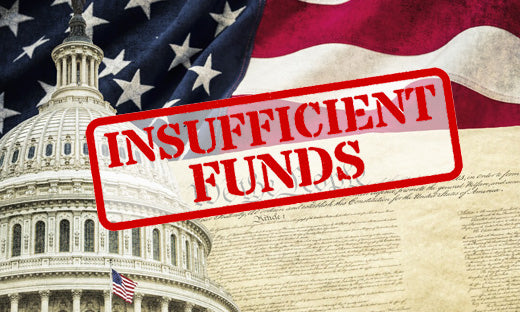The U.S. federal deficit for fiscal year 2024 will amount to nearly $2 trillion, according to the latest estimate from the nonpartisan Congressional Budget Office (CBO). That’s over $400 billion more than the CBO had estimated in February and amounts to 7 percent of U.S. economic output, as measured by gross domestic product (GDP). For perspective, deficits have averaged 3.7 percent of GDP over the past 50 years.
Over the next ten years, the CBO projects that the annual deficit is on track to grow to $2.8 trillion.
Cumulatively, the public debt story is even more worrisome. Debt held by the public currently amounts to 99 percent of GDP. That measure rises to 122 percent of GDP by 2034, according to the CBO, when U.S. public debt will exceed $50 trillion.
To support its deficit spending, Washington will need to keep borrowing heavily by issuing trillions of new Treasury bonds. Traditionally, foreigners have been among the biggest buyers of those bonds, particularly the Chinese and Japanese. But they have been cutting back on purchases of U.S. debt. Last year, foreigners held 33 percent of U.S. Treasury debt, down from 43 percent in 2013, according to a U.S. Bank Asset Management analysis. That trend means the Treasury will be under pressure to offer higher interest rates to attract buyers for its bonds, which would send bond prices down and could weigh heavily on the stock market.
Yet another consequence of Washington’s runaway deficit spending at a time of persistent gridlock in Congress is the danger that the U.S. Treasury is unable to make good on its debt obligations. Congress has struggled mightily in recent years to extend the debt limit, triggering fears of default, which in turn has led major credit agencies to downgrade the credit rating of the United States and issue warnings about potential future downgrades.Real Time Precious Metals Data Below








